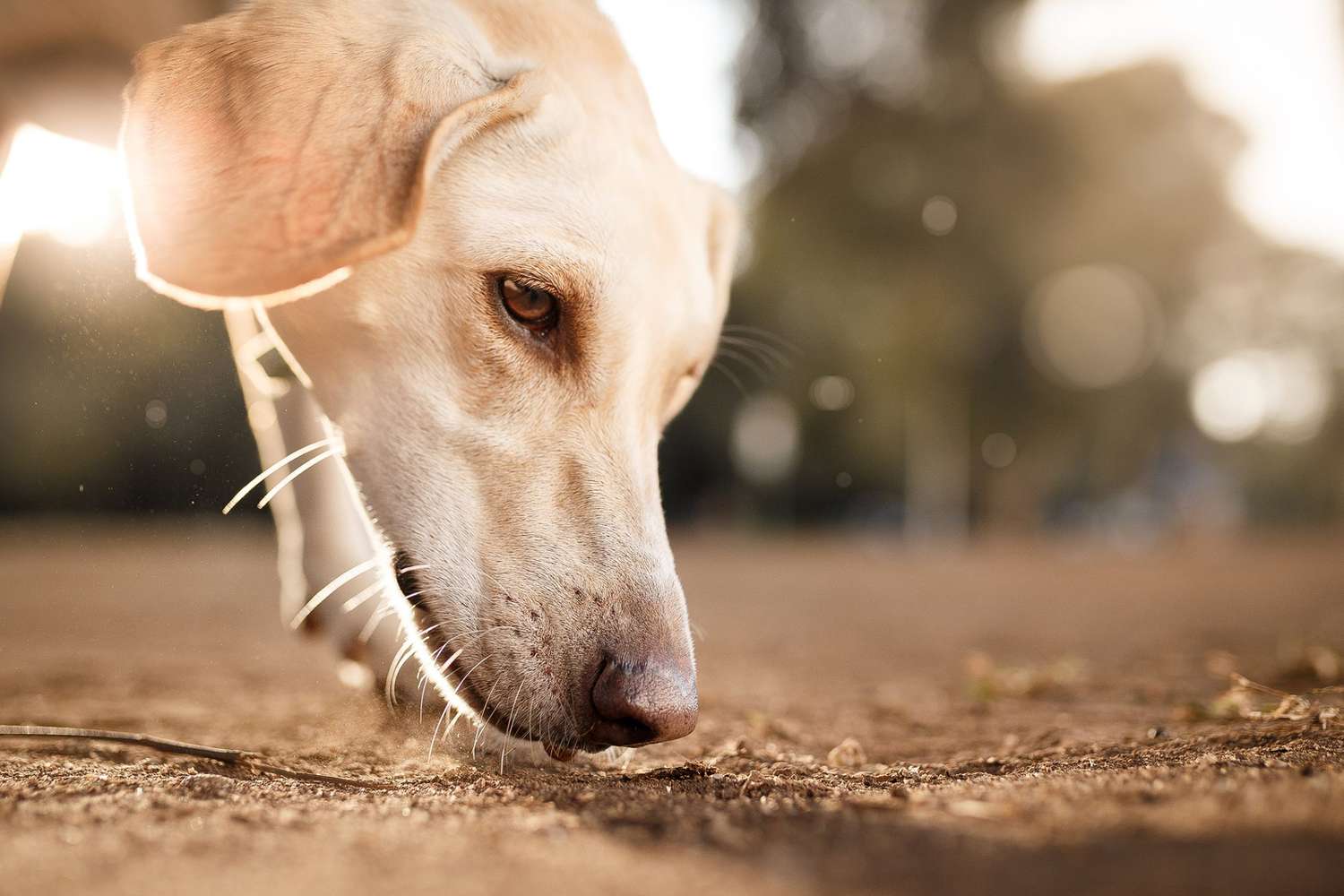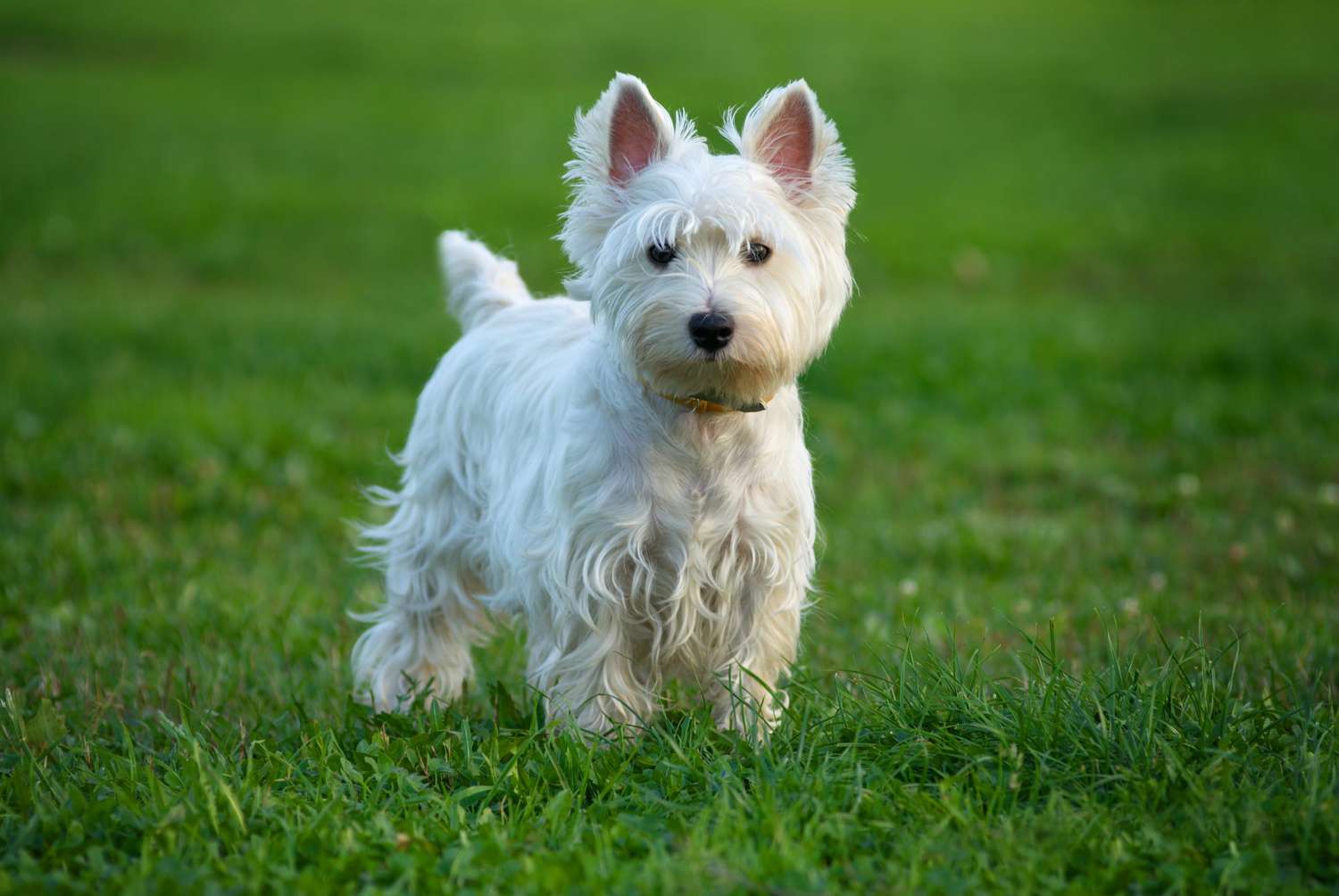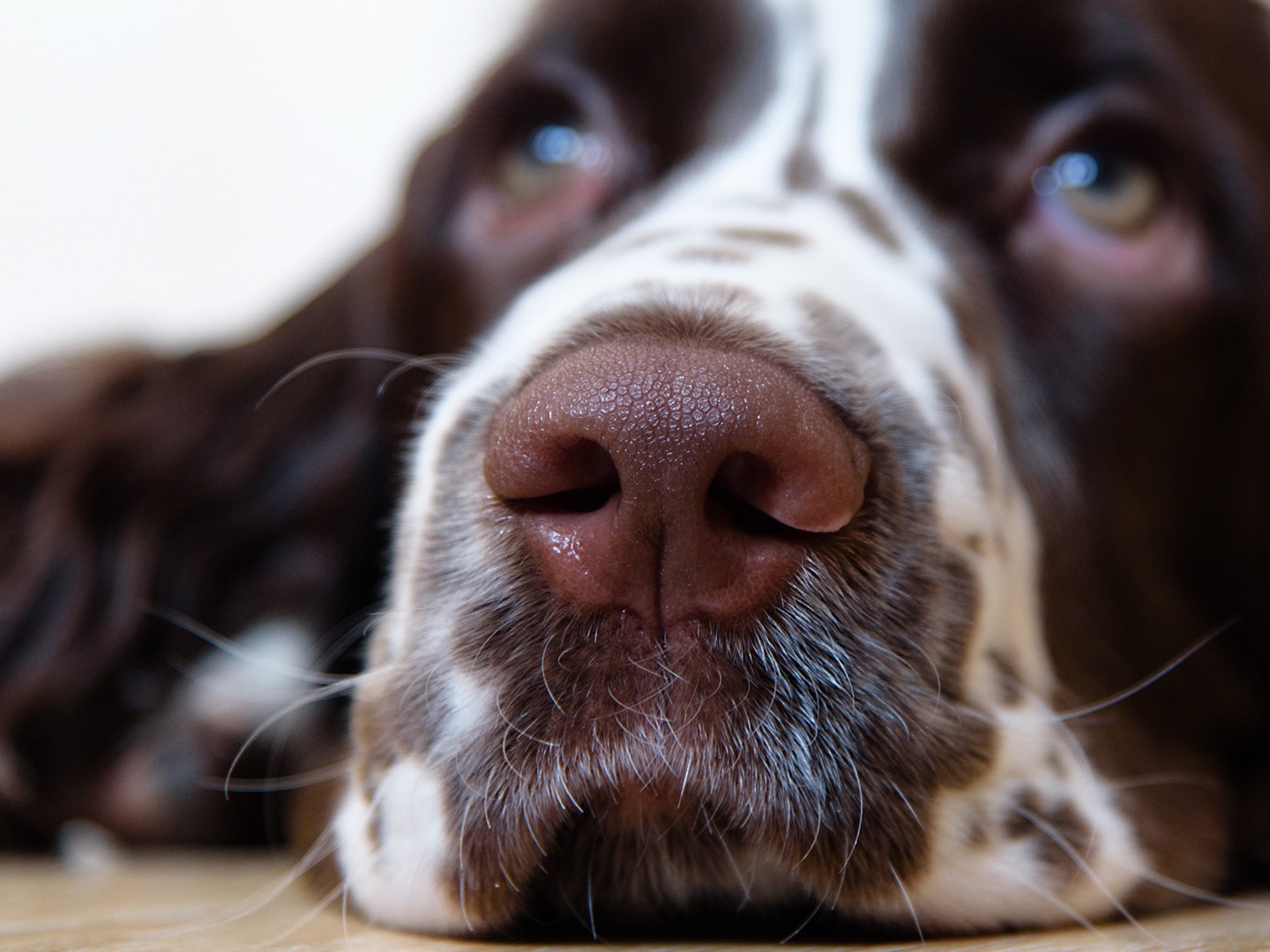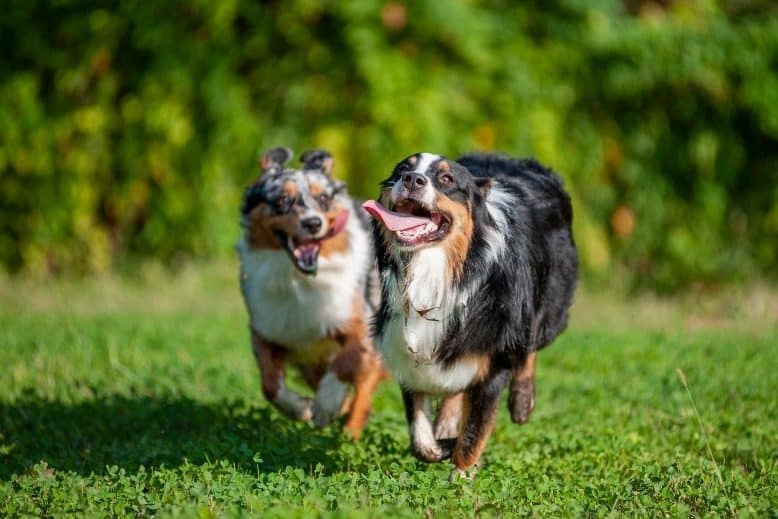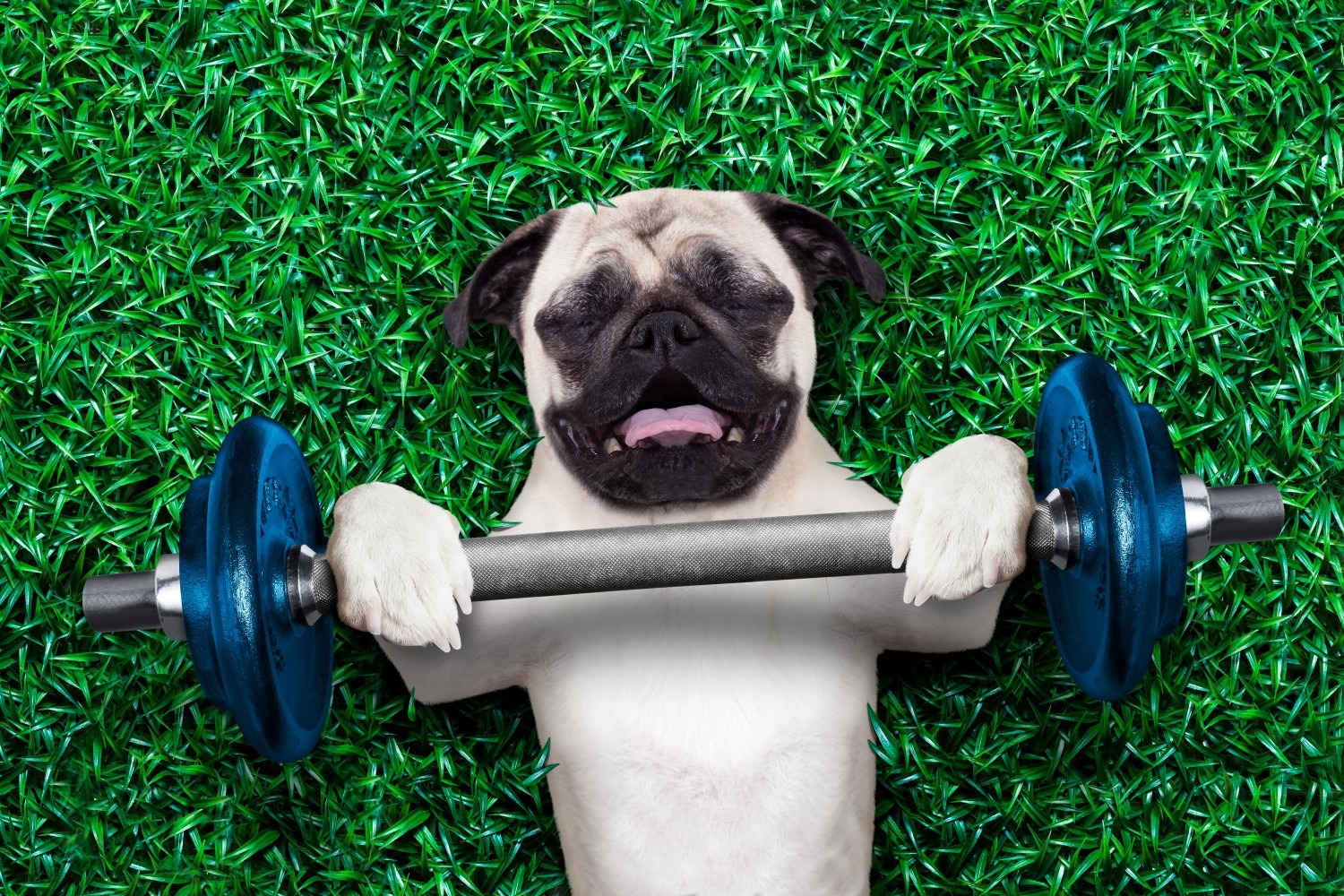
All dogs need an adequate amount of daily exercise to keep them fit and healthy both physically and mentally. In fact, many dog owners ask the question; “How Much Exercise Does My Dog Need?” However, there is no one correct answer for this. Dogs require different amounts of exercise depending on their breed, age and physical conditions. In this article we will discuss the key factors that will help you determine how much exercise you need to give to your dog.
